Aside from being completely delicious, mangos are a rich source of vitamin A and C, fibre, and a variety of minerals and phytochemicals. In addition, a study at Oklahoma State University suggested that mango could help reduce body fat and have positive effects on blood glucose and cholesterol levels, demonstrating a similar effect to the drug rosiglitazone (used to lower blood glucose levels).
Kiwis are an incredible source of vitamin C. With one kiwi containing 120% the recommended daily intake, they contain a higher concentration of vitamin C than oranges! Kiwis are also an impressive source of fibre and potassium, as well as a variety of flavonoids and carotenoids that offer antioxidant protection. As a tip, to get the most fibre from your kiwi, leave the peel on. It might take some getting used to, but if you can get past the fuzzy peel, all the better for meeting your daily fibre requirement!
Pomegranate
Aside from being rich in potassium, fibre, folic acid and other B vitamins, pomegranates are an outstanding source of antioxidants. In fact, one study found that pomegranate juice was superior to grape juice and red wine in providing antioxidant protection against free radicals. Pomegranates offer great cardiovascular benefit, including lowering blood pressure and cholesterol, preventing abnormal clot formation (which can cause heart attacks and stroke), and promoting reversal of atherosclerotic plaque deposition; they are also well-known for their anti-cancer properties.
The only downside to pomegranates is that they are known for being difficult to de-seed. Fear no more! Pomegranates are the true star of this post because I've discovered the most amazing video to share with you: How to De-Seed a Pomegranate in 10 Seconds Using a Wooden Spoon. I’ve done it and trust me, it works! Prepare to be amazed at 3:07. You won’t be picking apart pomegranates anymore if you follow the simple instructions in the video. And it’s fun, too!
Festive Antioxidant Holiday Granola
Ingredients (serves 1):
1/2 mango, diced
1 kiwifruit, diced
3-4 tablespoons pomegranate seeds
1/4-1/3 cup Healthy Maple Granola
Almond or coconut milk (or yogurt, if a thicker consistency is desired)
If using yogurt, put a few large spoonfuls in the bottom of a single-serving sized bowl. If not using yogurt, skip this step and layer mango and kiwi chunks evenly, then sprinkle pomegranate seeds on top. It'll be looking beautiful already! The finishing touch is definitely the granola - sprinkle granola as the final layer, and if you didn't use yogurt, add almond/coconut milk as desired. Eat the whole thing with a spoon and enjoy!
--
Sources:
Ignarro LJ et al. Pomegranate juice protects nitric oxide against oxidative destruction and enhances the biological actions of nitric oxide. Nitric Oxide. 2006 Sep;15(2):93-102.
http://lifehacker.com/5895852/deseed-a-pomegranate-in-10-seconds-using-a-wooden-spoon
http://whfoods.com/genpage.php?tname=foodspice&dbid=41
http://www.drfuhrman.com/library/article19.aspx
http://humansciences.okstate.edu/nsci/index.php/component/content/article/1-latest/56-nsci-research-finds-health-benefits-in-mangos

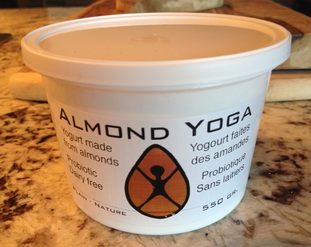
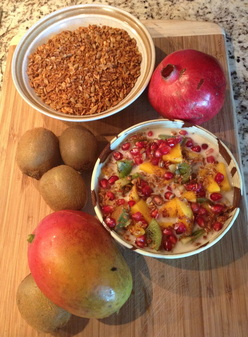
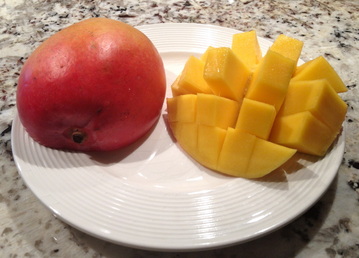
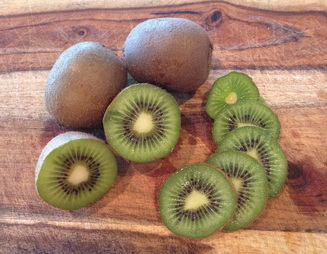
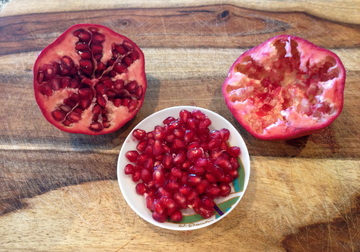
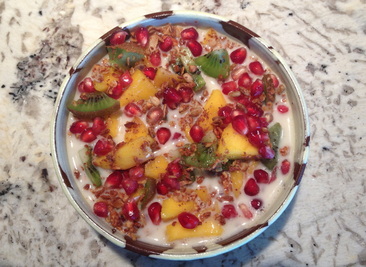
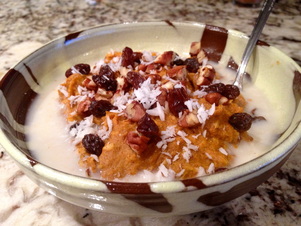

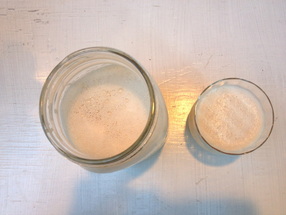
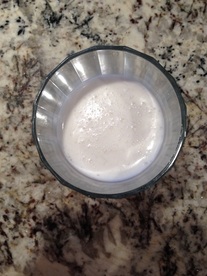
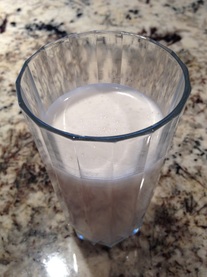
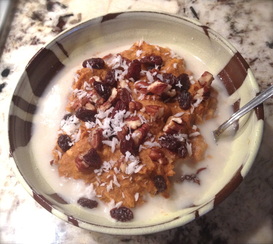
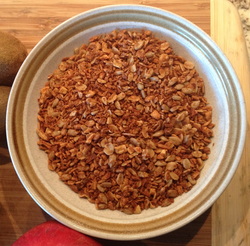
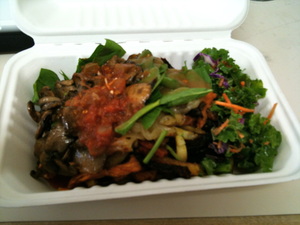
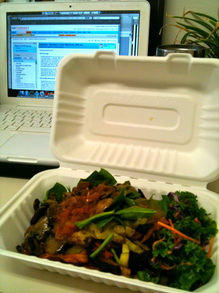
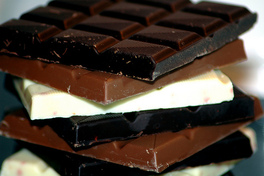
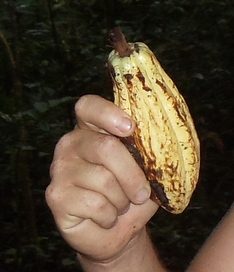
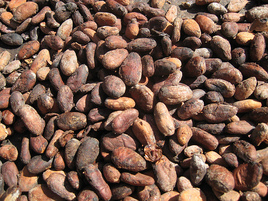
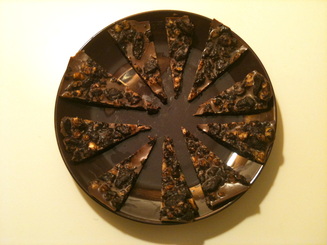

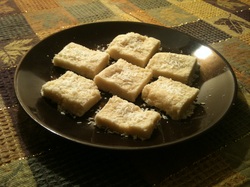
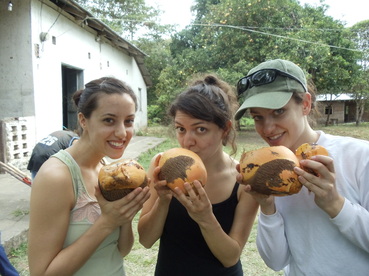
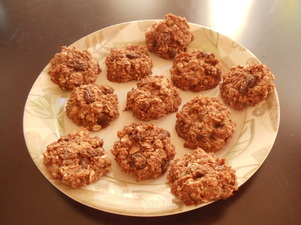
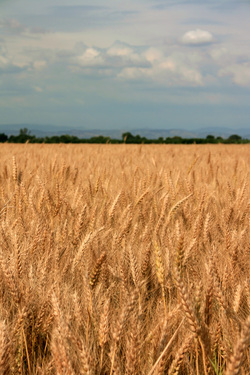
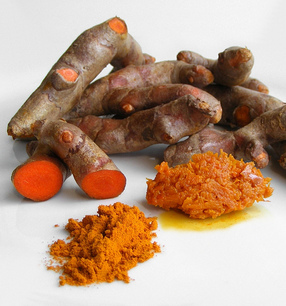
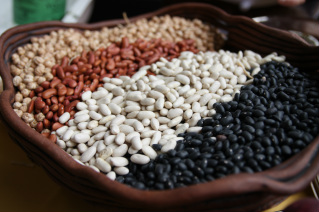
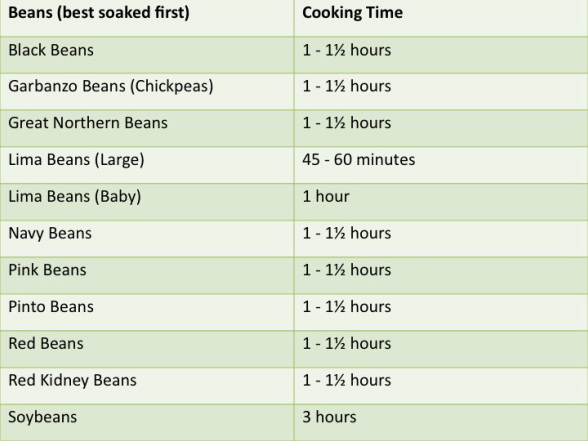
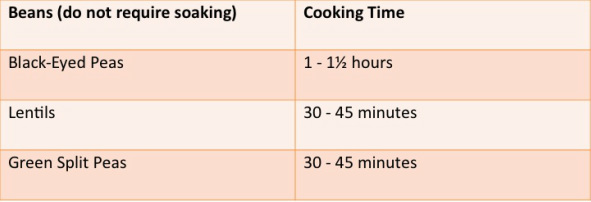
 RSS Feed
RSS Feed